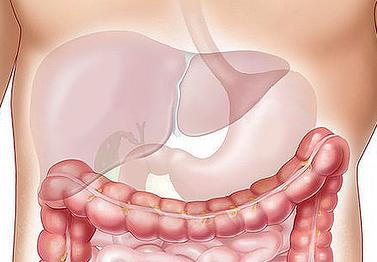
The Liver and it's Role in Detoxification
You are what you eat, but more accurately, you are what you digest and assimilate.
Once food is broken down in the stomach and small bowel, it is absorbed into the bloodstream then travels to the liver. One of the main functions of the liver is to help the body modify toxins so they may be removed easily via urine and feces. A failure of the liver to carry this out can result in an accumulation of toxic substances that can be stored in the nervous system and fatty tissues. This toxic accumulation contributes to a variety of illnesses.
Impaired liver function can contribute to Alzheimer's, Parkinson's Disease, auto-immune disease, chronic fatigue syndrome, food sensitivities, chemical sensitivities, headaches, hepatitis, PMS, the development and outcome of cancer and many more. Toxins can originate from outside the body in the form of pesticides, alcohol, drugs, perfumes, personal care products, paint fumes, exhaust, and many others from inside the body from the gut or metabolic by-products.
When evaluating for liver dysfunction, the first steps should be to look at the health of the gastrointestinal system. The second step should be to assess liver function. Most doctors trying to identify liver dysfunction may prescribe a liver profile including measurements of SGOT, SGPT, bilirubin and alkaline phosphatase. These tests show damage to the liver cells but do not show how well the liver is actually detoxifying. As a matter of fact, these tests can come back normal but the liver may still not be carrying out detoxification function properly. For that, we need a different kind of testing.
The detoxification process happens in two phases. The first phase involves a system of enzymes. These enzymes react with specific toxins to form compounds that are capable of being changed to water soluble substances by phase 2 reactions. Some of the by-products formed by phase 1 detoxification can actually be more toxic than the toxins themselves and even cancer causing if phase 2 reactions don't happen properly. During the phase 1 process, free radicals causing damage unless sufficient amounts of antioxidants are present to neutralize them. For example, vitamins A, C, E and the glutathione are needed to offset the oxidative damage from phase 1 detoxification.
Phase 2 requires chemical reactions (conjugation). In this process, fat-soluble substances from phase 1 are combined with other substances to form water soluble compounds. To carry this out, the liver uses glutathione, sulfate, glycine, acetate, cysteine and glucuronic acid. If all or some of these substances are lacking, then phase 2 may be impaired.
What's important to understand is that you have to have the proper testing to assess how well each phase of liver detoxification is working. This is why it's more important to know, not only the causes of impaired detoxification, but the proper testing and protocol the correct the problem.
To identify problems in phase 1 or phase two liver detoxification, we use Organix Comprehensive Profile. This is the most accurate way to measure both phases and identify causative factors. For more on detoxification and proper diagnostics, go to http://greinerhealthsolutions.com/
